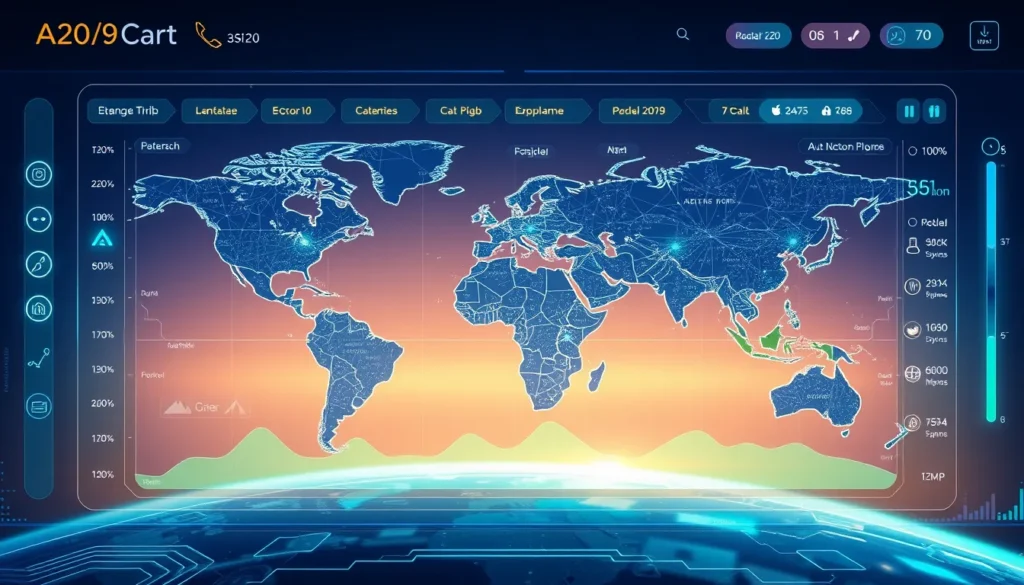Now Reading: AI in Legal Decision-Making: Redefining Judicial Oversight
-
01
AI in Legal Decision-Making: Redefining Judicial Oversight
AI in Legal Decision-Making: Redefining Judicial Oversight

AI in Legal Decision-Making: Redefining Judicial Oversight
In recent years, technological innovation has transformed many sectors, and the legal field is no exception. The integration of AI in legal decision-making has begun to reshape judicial processes, streamline case analysis, and offer enhanced efficiency. However, as powerful as these tools are, the increasing reliance on AI also raises essential questions about accountability and accuracy in legal outcomes.
A Cautionary Tale from the Judiciary
A high-profile legal case recently made headlines when a US judge withdrew his ruling after several citation errors surfaced. Originally linked to the Cormedix case, experts noted that the mistakes — ranging from mis-citations to even fabricated case law details — bore a striking resemblance to errors an unmonitored AI system might generate. This incident has ignited a broader debate on the impact of digital aids in the legal system, particularly highlighting how unchecked reliance on automated processes can lead to inaccuracies in legal documents.
Legal professionals have expressed concerns that these citation anomalies expose significant risks associated with automated legal research. The withdrawn decision illustrates that while AI can expedite certain routine tasks, it may also bypass the meticulous checks traditionally performed by legal experts. This case serves as a wake-up call, urging the legal community to consider stricter oversight mechanisms when employing AI in legal decision-making.
Understanding the Impact of AI in Legal Decision-Making
Artificial Intelligence continues to evolve and become more sophisticated, offering the potential to analyze vast amounts of legal data quickly. When applied in legal decision-making, AI acts as a supportive tool, helping courts sort through complex legal precedents and vast databases of case law. The primary focus remains on enhancing the efficiency of legal research and ensuring that judgments are both timely and informed. Yet, the recent case underscores that without adequate human supervision, even the most advanced systems can produce errors.
The integration of AI in this realm is a double-edged sword. On one hand, it promises to reduce the time spent on routine tasks, allowing lawyers and judges to focus on more nuanced aspects of the law. On the other hand, the potential for errors — especially in critical legal citations — poses a threat to the reliability of judicial decisions. Ensuring human oversight remains essential to catch any inaccuracies in AI-generated analyses.
The Role of Automated Legal Research
A key component of modern legal practice is automated legal research. Legal professionals increasingly rely on these tools to quickly locate relevant case law and statutory materials, thus supporting faster and more informed decisions. Automated legal research has revolutionized the conventional process and has become indispensable in today’s fast-paced legal environments.
However, the recent incident has raised several concerns about the potential pitfalls of an over-reliance on these automated systems. The incident signals a need for improved quality controls and reinforces the argument that human expertise must always complement AI tools. For further reading on reliable legal resources, check out the American Bar Association or visit Law.com for insights into current legal trends.
Addressing Inaccuracies in AI-Generated Legal Documents
One of the most critical issues arising from the use of AI in legal contexts is the presence of inaccuracies in AI-generated legal documents. The phrase “inaccuracies in AI-generated legal documents” has become a focal point in discussions about the reliability of judicial decisions influenced by technology. Such inaccuracies not only undermine the credibility of judicial outcomes but also risk setting dangerous legal precedents if left unchecked.
To address these concerns, several measures can be taken. First, legal institutions must invest in robust verification processes that combine AI capabilities with expert human review. Second, training programs should be implemented for legal professionals to better understand the strengths and limitations of AI tools. Lastly, developing industry standards and guidelines on AI utilization in legal settings can help mitigate potential risks.
Balancing Innovation and Accountability
The swift adoption of AI in legal decision-making brings with it an imperative to balance technological innovation with strict judicial oversight. Stakeholders in the legal field agree that while automated research can lead to increased efficiency, it must not compromise the quality and reliability of legal documentation. Hence, it becomes pivotal to design systems that enhance decision-making without sacrificing the rigorous standards traditionally upheld within the legal profession.
Professional organizations and legal experts have begun advocating for a hybrid approach wherein AI systems perform initial research and data aggregation, followed by detailed human review. This approach not only preserves the accuracy of legal citations but also fosters a culture of accountability. As judicial processes evolve, careful calibration between technology and tradition will be vital to maintain public trust in the legal system.
Conclusion
The evolution of AI in legal decision-making marks a significant milestone in the ongoing transformation of the legal industry. While the advantages of automated legal research and AI-enhanced analysis are evident, the recent controversy over citation errors serves as a potent reminder of the inherent risks. Legal institutions must ensure that every AI-generated output is rigorously checked to prevent inaccuracies in legal documents.
In conclusion, the future of AI in legal decision-making appears promising but demands a balanced approach. Prioritizing human oversight, implementing robust accountability measures, and maintaining transparency in judicial processes are key to leveraging AI’s utility without compromising the integrity of legal outcomes. As we move forward, continuous dialogue and collaboration between technologists and legal experts will be essential in navigating these uncharted waters.
For more detailed insights into the role of AI in modern legal practice, readers are encouraged to explore additional resources from reputable legal websites and industry publications. Staying informed and critically evaluating new technologies will ensure that legal decision-making processes remain both innovative and reliable.

























